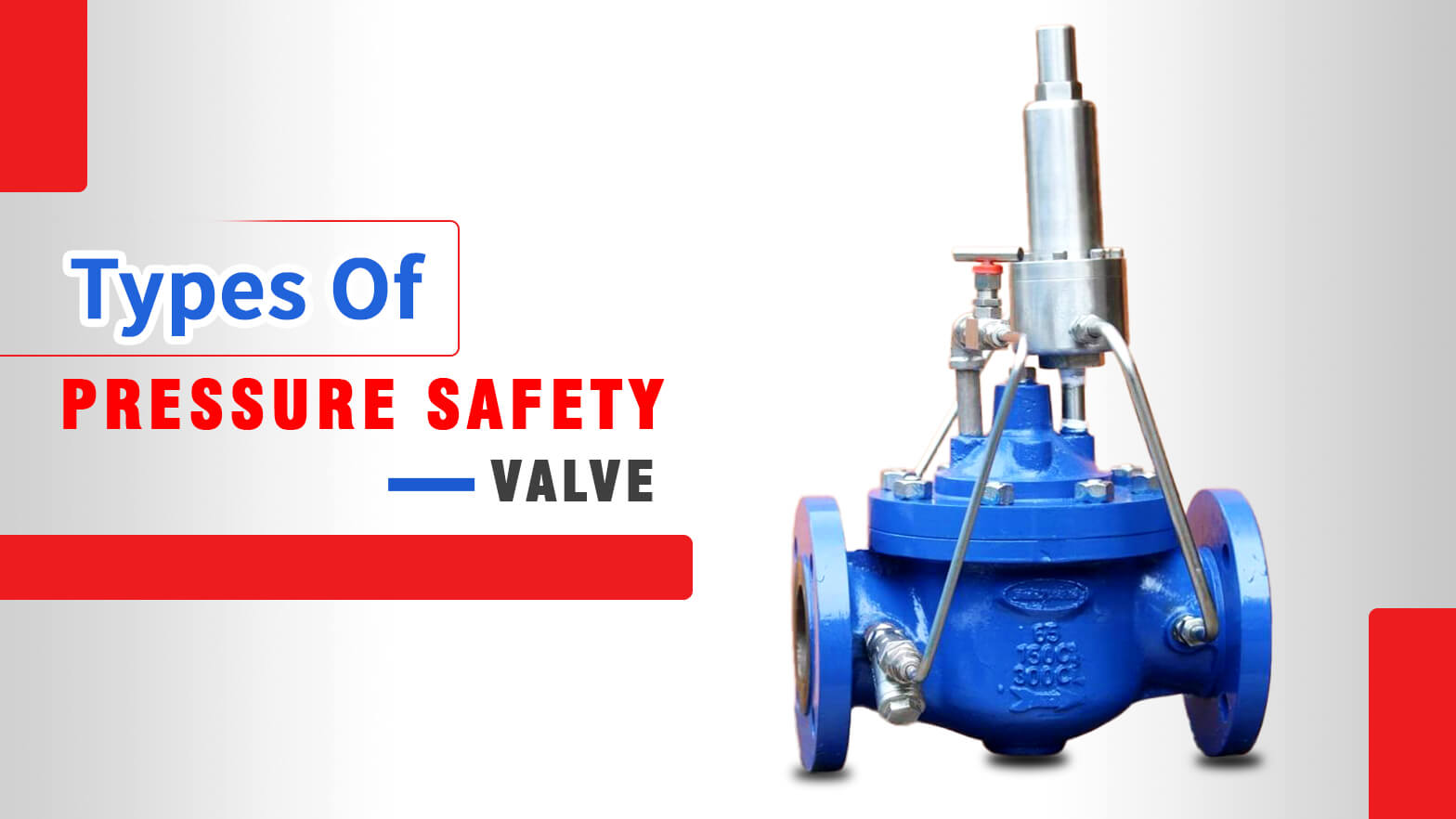
Pressure safety valve types by high pressure safety valve manufacturers
Welcome to the world of Knowledge for understanding Pressure safety valve types. These valves been made to fulfil the needs of different industries having various application where these vales get use. Different types of valves been made and are available in market in respect to fulfil demands from all segments. These pressure safety valve types can be identifying by fragmenting as per operations, Construction material and various accessories attached. Valve types also defined by national standards adhered by major valves makers including high pressure safety valve manufacturers.
Valves per National standards:
In context to above; applications like boilers and pressure vessels can be interpret by ASME I and ASME VIII. On the other hand, ASME/ANSI PTC 25.3 been interpret safety valves and relief valves.
ASME I Valves: Safety relief valve corroborating the need of section I of the ASME pressure vessels code for boiler operations of overpressure. It opens within 3% and closes within 4%. They generally facilitate with two blowdown rings which is recognize by National Board ‘V’ stamp.
ASME VIII Valves: Safety relief valve corroborating the need of section VIII of the ASME pressure vessels code for operations of overpressure. It opens within 10% and closes within 7%. They generally facilitate with two blowdown rings which is recognize by National Board ‘UV’ stamp.
Low Lift safety Valves: Where the real position of Disc decides the discharge area of this valve.
Full Lift safety valves: Wherethe discharge area is not decided by the position of Disc.
Full bore safety valve: Wheresafety not having prominencein the bore.it get lifts up to adequate level for least area at any section similar to or below seat. Thus becoming controlling orifice.
Conventional safety relief valve – Where spring housing is open towards the discharge side. Therefor variation in the backpressure affects directly to valve operation.
Balanced safety relief valve – Where it constructed such enable valve to keep lowest effects of back pressure. Resulting it to operate valve balancing effects of back pressure.
Pilot operated pressure relief valve – These valves are controlled by pilot or self-actuated auxiliary device in combination.
Power-actuated safety relief valve – These valves get actuated for whole operation by means power or source of energy from outside.
Note; All ASME standards is strictly adhered during quality assurance plan by High pressure safety valve manufacturers due to criticality.
DIN Standard defines below types of safety valve:
Let’s have a brief look in to the pressure safety valve get used in European region adhering the DIN standard 3320 are as below.
Standard safety valve – The valve is actuated by a pop type action when more than 10% increase in pressure occurs known as high lift.
Full lift (Vollhub) safety valve – lift valves open quickly within a 5% pressure hike up to the full lift allowed by the design. The amount of lift up to the quick opening is not beyond 20%.
Direct loaded safety valve – Initial pressure against valve disc is counter by closing force like generated by a spring or a weight.
Proportional safety valve – These safety valve operates relatively stable manner in respect to the increase in pressure. Rapid opening up to a 10% lift ration happens until pressure increase. Within limits under 10% overpressure, these safety valves work best keeping mass flow to be discharged.
Diaphragm safety valve – Designed where linear moving and rotating parts and springs are well secured from the effects of the fluid as equipped with diaphragm.
Bellows safety valve – It is Designed as direct loaded pressure safety valve. Where both sliding parts (completely or else) rotating parts along with springs protected from fluids by bellows. The backpressure effects can be well overcome through effectively designed bellows.
Controlled safety valve – Having two major elements namely main valve and control device. Additionally, equipped with direct acting safety valves with supplementary loading. It includes acting mechanism creates extra power to close valve until the set pressure reached.
Note; High pressure safety valve manufacturers are always equipped with list of standards offering through products. Most applicability areas keeping their brands prone to vulnerability due to most fatal consequences.
EN ISO 4126 standard defines below types of safety valve:
Safety valve –It explains as where it automatically but without the support of any energy except fluid related used to operate. It releases ample quantity of the fluid resulting safeguard against overpressure beyond predetermined safe pressure. Not only blowing off extra fluid decreasing pressure but also designed to re-close and prevent further flow. When normal pressure conditions of service have been restored. Also be recognises by pop action or by proportional opening to the increase in pressure in respect to set pressure.
Direct loaded safety valve – It works as generates higher counter force with incorporated mechanical loading elements weight, lever mechanism or spring. It acts against pressure created by the fluid below the valve disc.
Assisted safety valve – Having powered assistance mechanism in it may open before set pressure reaches. Thus assistance mechanism provides extra chance before final mechanism of blow off actuates. Even prove to be safer if assistance mechanism fails as not last act of safety.
Thermal relief valve manufacturer is those who adheres API 526 or ASME section VIII standards.


